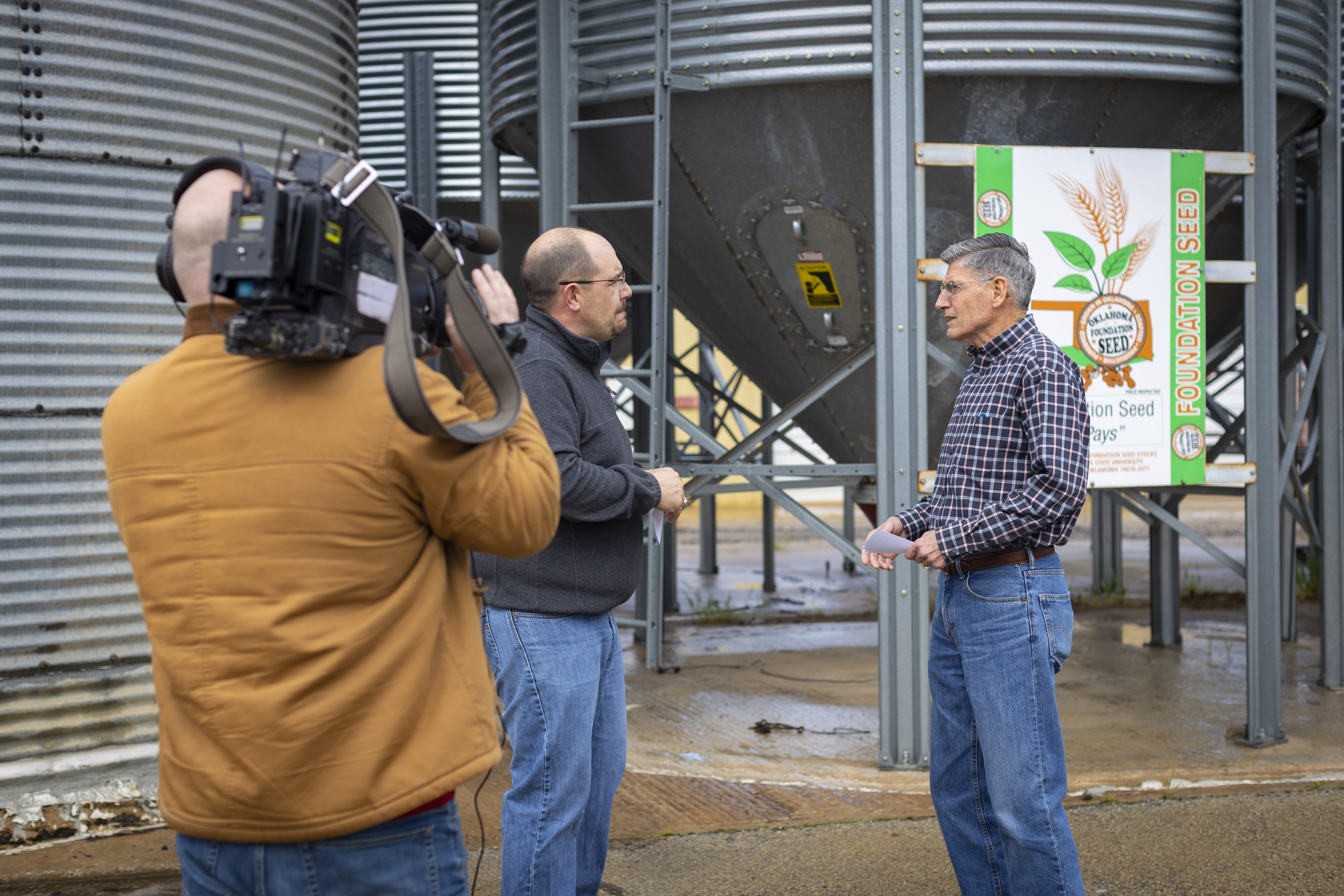
This week on SUNUP is Dr. Kim Anderson, Oklahoma State University Extension grain market economist. During this week's edition, Anderson provides his analysis of the grain markets after recent dramatic shifts and changes in prices.
“Let’s start with what caused the price increase,” Anderson said. “You go back to January of 2020; we had wheat prices down in the $4 range. We came through and here recently we had them up to $13.30.”
The move from around $4 to $8 was because of COVID, Anderson said and was a demand-driven move. Production in 2019 was a record at 28 billion bushels, Anderson said, and wheat used was 27.4 bushels.
“We built stocks that year but when you got to ‘20, you had a 1.3 billion bushel increase in demand and wheat production only increased by 500 million bushels,” Anderson said. “So, you had a shortage and we reduced stocks.”
We have had a slight decline in production this year, Anderson said but we’ve had record use because of hoarding food stocks.
“The last move from $8 to $13 I think was the war,” Anderson said. “Russia and Ukraine shutting the black sea- you took 30 percent of the wheat off the export market and that is going to have an impact. Then, there is inflation. Outside money moves into commodities when there is the fear of inflation and that is what we saw happen on that move up.”
Since mid-May, we have seen a $5 decline in wheat prices. Since that adjustment, Anderson said it is hard to say where prices will go from here.
“You look at northern Oklahoma, we are about $8.25, slightly lower than a dime or two if you are looking at ’23 prices,” Anderson said. “Southern Oklahoma is $7.75.”
When thinking about what prices are going to do, Anderson said to look at Russia.
“We have had Russia’s exports on wheat and other commodities where they were before the war started and Ukraine started shipping commodities a couple of weeks ago,” Anderson said. “I think a good thing to look at is the stocks to use ratio. The five-year average for the world is 39 percent. This year is 34 percent. So, you’ve got tighter stocks.”
We can’t build those stocks up until we get into the 2023 harvest, Anderson said, so he believes these prices will hold for a while and will range from 7 to 10 dollars.
This week on SUNUP:
• Becky Carroll, OSU Extension fruit and nut specialist, has a progress report on this year’s pecan crop.
• Wes Lee, OSU Extension Mesonet agricultural coordinator, predicts a break in this heat wave. Gary McManus updates the drought monitor map.
• Paul Beck, OSU Extension beef cattle specialist, says now is the time to make cattle management plans for the upcoming winter.
• Kim Anderson, OSU Extension grain marketing specialist, explains why the wheat market has been so volatile and where prices may land next.
• Mark Johnson, OSU Extension beef cattle breeding specialist, discusses retained ownership.
• Finally, we take a look at the unique partnership among the USDA, OSU Water Resources Center and Extension to combat the cattle fever tick.
Join us for SUNUP:
Saturday at 7:30 a.m. & Sunday at 6 a.m. on OETA-TV
YouTube.com/SUNUPtv
SUNUP.okstate.edu

















